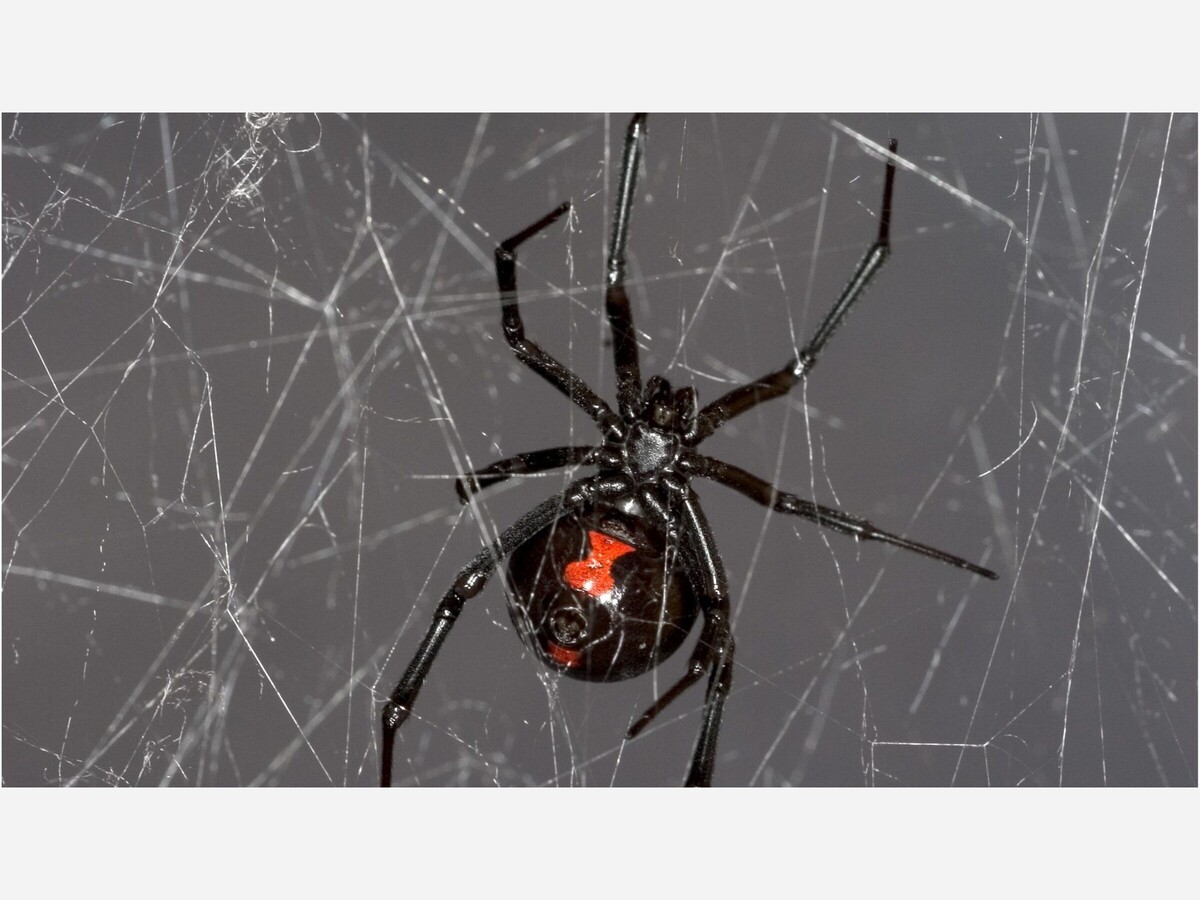Image

The webby world of spiders
Red orb weaver
T.F. Sayles
When thinking of spider webs, what comes to mind is probably the radial, wheel-like web of an orb weaver, one of more than 3,000 species in the Araneidae spider family that is found on every continent except Antarctica, with more than 160 species in North America. These spiders play an important role in controlling insect populations by eating flies, moths, beetles, wasps and mosquitoes.
The bigger the web, the more likely it’s fall: A web’s size corresponds with that of the spider. Orb weavers reach their greatest size in fall, which is when they are most often noticed. The web of the garden orb weaver web can be up to 3 feet in diameter.
No threat: Orb weavers are typically non-aggressive, unless cornered. Except for people allergic to their venom, being bitten by an orb weaver bite is comparable to being stung by a bee.
Goes down smooth as silk: Most orb weavers are nocturnal, building and repairing their webs at night. Come dawn, some species eat the web. This may be to consume dew collected there as well as prevent larger non-prey from getting caught in the web.
Web wear: Nocturnal orb weavers are usually brown or gray. The less common diurnal species are often bright yellow or orange with black marks.
Orange marbled orb weaver
Michele Danoff
No wings, just strings! The ability of more than 1,000 spider species to glide in the air on a strand of silk is mostly found in orb weavers.
Nest egg: Each orb weaver sac may hold up to several hundred eggs.
Spinning out of control: In 2009, workers at the Baltimore Wastewater Treatment Plant found a community of an estimated 100 million orb weavers, in a complex of webs that covered almost 4 acres. Densities reached 35,176 spiders per cubic meter.
Spiders are cursed with the ability to turn people into quick-acting spider stompers who forget that these creatures are excellent natural pesticides. Still refuse to share your space with a spider? Consider capturing it, then releasing it somewhere else, where its insect-exterminating skills will be better appreciated. Meanwhile, how well do you know these “spells” to discourage them from coming around in the first place? Answers are below.
Black and yellow argiope
Michele Danoff
1. Certain strong scents will repel spiders. Adding lavendar, eucalyptus, peppermint or cinnamon extracts to a spray bottle of water and spritzing no-spider zones should do the trick for most spiders. What other scents are recommended for spider-proofing?
A. Tea tree
B. Cedar
C. Vinegar
D. Cayenne pepper
E. All of the above
2. Most spiders (and wasps) hate a particular color and tend to avoid it. What color should you paint your porch or ceilings? Be warned, though, this color is known to attract flies.
A. Bright yellow
B. Deep purple
C. Light blue
D. Off-white
3. There is a compelling reason not to step on a female wolf spider. What is it?
A. Her mate might track down her scent on the bottom of your foot or shoe and bite you. Repeatedly.
B. She carries hundreds of hatchlings on her back, and you could release a swarm of them that run in all directions.
C. Her bodily fluids leave a permanent stain where she was squashed.
D. Her corpse and guts will attract centipedes, the mortal enemies of wolf spiders.
ANSWERS
1. E; 2. C; 3. B